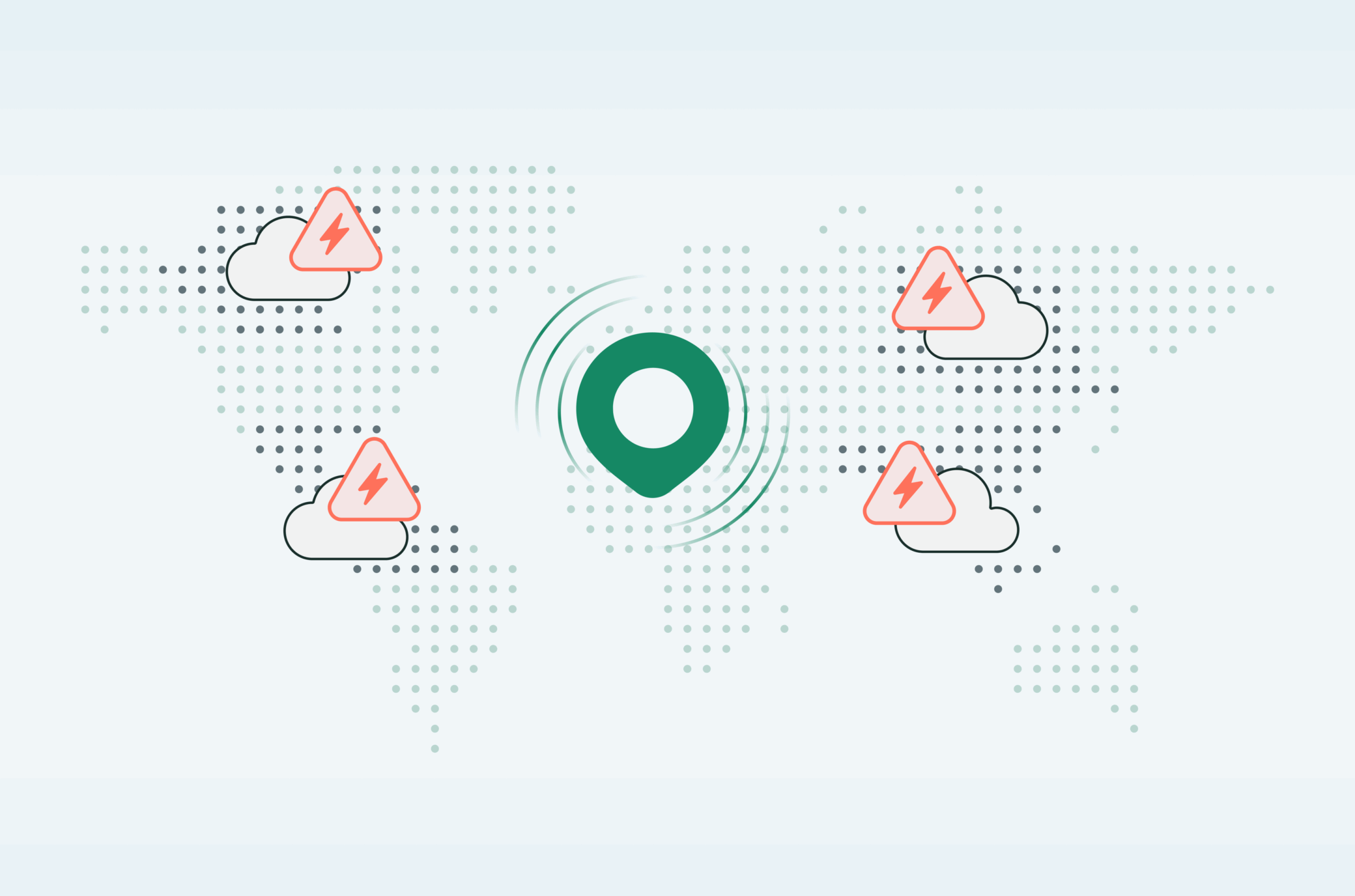IT Managers: Read This Before Leaving Your MPLS Provider

|
Listen to post:
Getting your Trinity Audio player ready...
|
Maybe you’re an IT manager or a network engineer. It’s about a year before your MPLS contract expires, and you’ve been told to cut costs by your CFO.
“That MPLS – too expensive. Find an alternative.”
This couldn’t have come at a better time…
Employees have been blowing up the helpdesk, complaining about slow internet, laggy Zoom calls and demos that disconnect with prospects. Naturally, it’s your job to find a solution…
There actually could be several reasons why it’s time to pull the plug on your MPLS, or at least, consider MPLS alternatives.
1. Get crystal clear on your WAN challenges:
Do any of these challenges sound familiar?
A. You’ve been told to cut costs
It’s no secret that MPLS circuits cost a fortune – often 3-4x the price of MPLS alternatives (like SD-WAN,) for only a fraction of the bandwidth. But the bottom line isn’t the only factor to take into consideration. Lengthy lead-times for site installations (weeks to months,) upgrades, and never-ending rounds of support tickets must all factor into the TCO of your MPLS. In short, MPLS is no longer competitively priced for today’s enterprise that needs to move at the speed of business.
B. Employees constantly complain about performance
While traditional hub-and-spoke networking topology comes with its advantages, when users backhaul to the data center they clog the network with bandwidth-heavy applications like VOIP and file transfer. Multiplied by hundreds or thousands of simultaneous users and you choke your network, creating performance problems which IT is tasked to solve. Wouldn’t it be nice if IT was free to solve business-critical issues instead of recurring network performance issues?
What Others Won’t Tell You About MPLS | EBOOKC. You’re “going cloud” and migrating from on-prem to cloud DCs and apps
Migrating from on-prem legacy applications to cloud isn’t generally an “if” but a “when” statement. And the traditional hub-and-spoke networking architecture creates too much latency on cloud applications when the goal is ultimately improved network performance. Additionally, optimizing and securing branch-to-cloud and user-to-cloud access can’t be done efficiently with physical infrastructure, instead of requiring advanced cloud-delivered cybersecurity solutions like SWG, FWaaS and CASB.
D. IT now needs to support work from anywhere, with no downtime
Prior to COVID, work from anywhere was more the exception, rather than a rule. In the “new normal,” enterprises need to the infrastructure to support work from the branch, home, and everywhere else. Traditional remote-access VPNs weren’t designed to support hundreds, or thousands of users simultaneously connecting to the network, while supporting an optimum security posture, like ZTNA can.
So, should you stay with MPLS or should you go?
Ultimately, it’s time to decide whether to stick with your incumbent MPLS provider or consider the alternatives to MPLS…
Whether it’s cost, digitization, performance or secure remote access – is your MPLS “good enough” to support today’s hassles and headaches (not to mention tomorrows?)
2. You’ve decided to look for MPLS alternatives: Do all roads lead to SD-WAN?
You’ve decided that your MPLS isn’t all it’s cracked up to be. Now what?
While an SD-WAN solution seems like the natural choice, SD-WAN only addresses some of the challenges that you’ll inevitably face at a growing enterprise.
True, SD-WAN will lower the bill and optimize spend by leveraging internet circuits’ massive capacity and availability everywhere.
However, SD-WAN was designed to optimize performance for site-to-site connectivity, with architecture that isn’t designed to support remote users and clouds.
Additionally, SD-WAN’s security is basic at best, lacking the advanced control and prevention capabilities that enterprises need to secure all clouds, datacenters, branches, users and, appliances.
Not to mention, adding SD-WAN to existing appliance sprawl is only going to further complicate your network management, adding more products to administrate, and more hassle surrounding appliance sizing, scaling, distribution, patching and upkeep.
And who needs that headache?
So, how do you solve all the above four challenges, while upgrading your networks and achieving an optimal security posture that allows your enterprise to grow, scale, adjust and stay prepared for “whatever’s next”?
3. Ever Heard of SASE?
No, SASE isn’t just a buzzword or industry hype. It’s the next era of networking and security architecture which doesn’t focus on adding more features to the complicated pile of point solutions, but targets “operational simplicity, automation, reliability and flexible business models,” (Gartner, Strategic roadmap for networking, 2019.)
According to Gartner, for a solution to be SASE, it must “converge a number of disparate network and network security services including SD-WAN, secure web gateway, CASB, SDP, DNS protection and FWaaS,” (Gartner, Hype Cycle for Enterprise Networking 2019.) Gartner is extremely clear that these requirements aren’t just “nice-to-have,” but non-negotiables; the solution must be converged, cloud-native, global, support all edges, and offer unified management.
SASE actually combines SD-WAN and security-as-a-service, managed via a single cloud service, which is globally distributed, automatically scaled, and always updated.
So, instead of opting for more network complexity with SD-WAN, plus all the setup, management, sizing, and scaling challenges that come with it – why not consider SASE?
It’s time to think strategically: Move beyond the limitations of SD-WAN
No matter if you need to solve one, two, three or all four of the above WAN challenges, SD-WAN is a short-sighted point solution to any long-term organizational challenge.
This means that only a SASE solution with an integrated SD-WAN which includes a global-private backbone (over costly long-haul MPLS,) ZTNA (to serve remote access users and replace legacy VPN) and secure cloud access (which allows you to migrate to the cloud,) allows you to successfully grow the business while maintaining your sanity.
If you’re interested in replacing your MPLS beyond the limits of short-sighted solutions like SD-WAN, then you’ll love Cato SASE Cloud.
Check out this Cato SASE E-book to understand:
- Why point products like SD-WAN won’t solve long-term architectural problems
- What you need to look for in a SASE solution
- Why Cato is the only true SASE solution in enterprise networking and security















